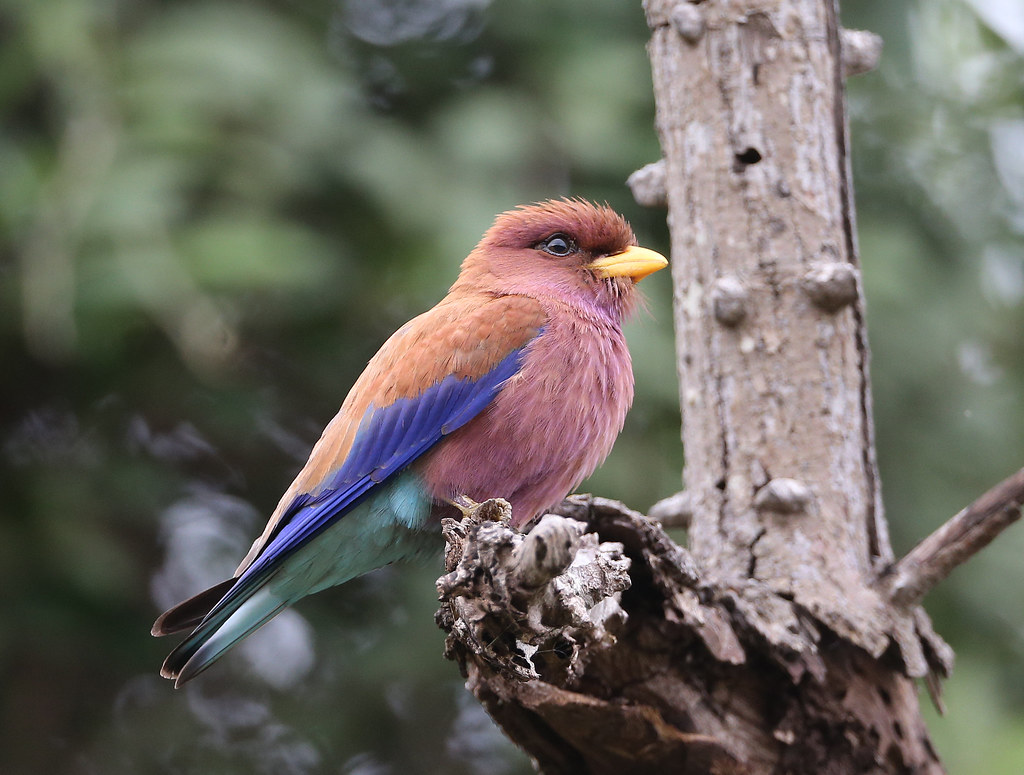For passionate birders, Tanzania is a paradise waiting to be explored. Home to over 1,100 recorded bird species, including both resident and migratory species, the country offers one of the most diverse birding experiences in Africa. From flamingo-filled alkaline lakes to savannah grasslands, wetlands, and highland forests, a Bird Watching Safari in Tanzania promises unforgettable encounters with some of the most spectacular avian species in the world.
Why Choose a Bird Watching Safari in Tanzania?
-
Incredible Species Diversity – Tanzania hosts 29 endemic bird species found nowhere else in the world.
-
Year-Round Birding – While birding is excellent year-round, the best time for migratory birds is November to April.
-
Varied Habitats – From Rift Valley lakes to acacia woodlands, every ecosystem offers unique bird species.
-
Combination with Wildlife Safaris – Birding can be easily combined with traditional game drives to see the Big Five.
-
Professional Bird Guides – Experienced ornithologist guides help you identify, track, and photograph elusive species.
Top Bird Watching Destinations in Tanzania
Serengeti National Park
-
Over 500 species recorded.
-
Famous for kori bustards, secretary birds, and colorful lilac-breasted rollers.
-
Excellent sightings during the Great Migration season.
Ngorongoro Crater
-
Rich mix of aquatic and grassland species.
-
Key species: grey crowned cranes, rosy-throated longclaw, and flamingos.
Lake Manyara National Park
-
Renowned for its massive flocks of flamingos.
-
More than 400 species recorded including pelicans, herons, and kingfishers.
Tarangire National Park
-
Known for birding diversity with over 550 species.
-
Paradise for raptors including bateleur eagles and fish eagles.
Ruaha National Park
-
A less crowded birding haven.
-
Special sightings: ashy starling, Ruaha red-billed hornbill, and yellow-collared lovebird.
Usambara and Uluguru Mountains
-
Endemic bird hotspots.
-
Look out for the Usambara weaver, green-headed oriole, and Uluguru bush-shrike.
Best Time for Bird Watching Safaris
-
November to April: Peak birding season with migrant species from Europe and Asia. Breeding plumage makes birds even more spectacular.
-
May to October: Dry season offers easier access to remote parks, with excellent viewing of resident species.
What to Bring on a Bird Watching Safari
-
Binoculars (8×42 or 10×42 recommended).
-
Field guidebook for East African birds.
-
Spotting scope for long-distance viewing.
-
Camera with telephoto lens (300mm–600mm).
-
Notebook or birding app for checklists.
-
Lightweight neutral clothing, wide-brim hat, and sunscreen.
Sample Bird Watching Safari Itinerary (7 Days)
Day 1: Arrival in Arusha – introduction and overnight stay.
Day 2: Lake Manyara National Park – flamingos, pelicans, and woodland birds.
Day 3-4: Serengeti National Park – raptors, bustards, rollers, and water birds.
Day 5: Ngorongoro Crater – crater floor birding and highland species.
Day 6: Tarangire National Park – raptors and dry woodland species.
Day 7: Departure from Arusha.
Why Book a Bird Watching Safari in Tanzania?
A Bird Watching Safari in Tanzania is more than just spotting species—it’s about experiencing nature’s beauty in its purest form. Whether you’re after lifers for your checklist, photographing flamingos against a sunrise, or simply enjoying the melodies of forest songbirds, Tanzania offers unmatched opportunities.
With expert guides, diverse habitats, and world-class safari infrastructure, Tanzania stands as one of the finest birding destinations in Africa.


